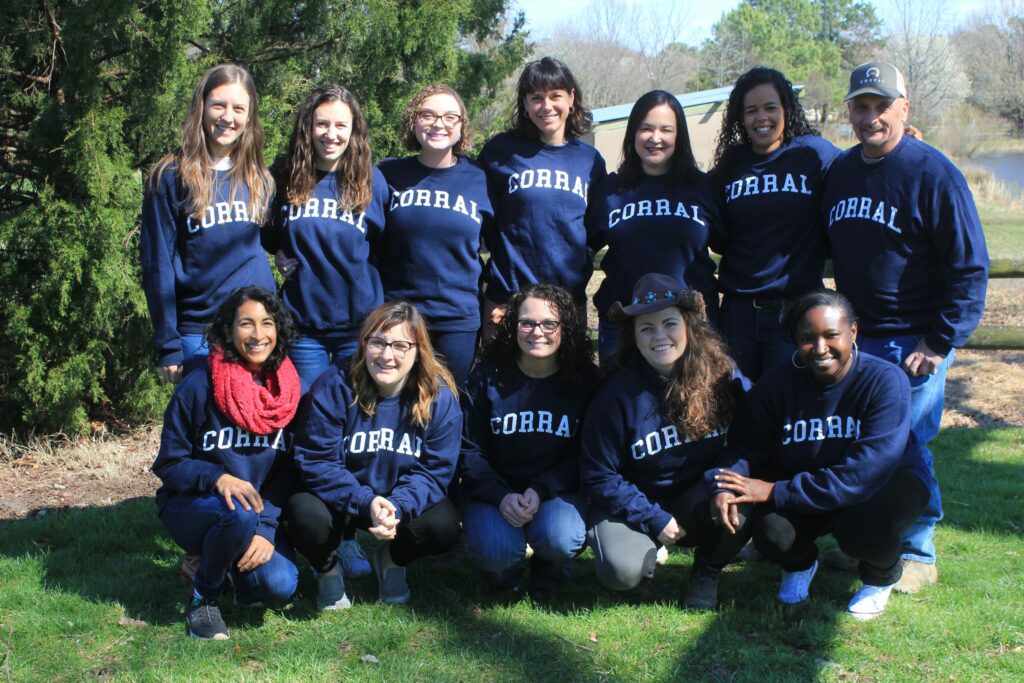As I mentioned in my last blog post, I was a high school teacher before I became a registered dietitian. When I started my career as a dietitian, I wanted to merge my love of public education with my passion for nutrition – which landed me working at the Arizona Department of Education as a School Nutrition Program Specialist and Trainer. Basically, I trained school foodservice departments on meeting all the regulations that the United States Department of Agriculture (USDA) has for the National School Lunch Program and National School Breakfast Program. This includes everything from nutrition to reporting income eligibility for free meals.
When I think back to high school and remember school lunch, many memories come to mind. A much needed break from class, socializing with friends, and more than anything – fried chicken day. At my high school, the cafeteria served delicious fried chicken. The line of fried chicken day for school lunch would take almost the entire lunch period – but man, oh, man it was worth the wait.
What Parents Need to Know About School Meals
Today’s school lunches don’t include fried chicken day, which is honestly for the best. In 2010 congress passed the Healthy Hunger Free Kids Act (HHFA). One of the most significant pieces of the HHFA was a call updating nutrition requirements in the National School Lunch Program (NSLP). This was a really, I repeat, REALLY, big deal, because it was the first time school nutrition standards had been updated in 15 years. As a result school meals are healthier, more balanced, better funded, and have more accountability. Researchers report that the improved school nutrition standards resulted in students eating fewer calories, more fruit, vegetables and whole grains than they did before the updated standards, all of which are associated with a lower risk of obesity. So overall – children are less likely to develop obesity and more likely to eat healthy meals than they were when I was in high school. And while “fried chicken day” may not exist anymore, there are in most cases more options available for students when it comes to school meals.
- The nutrition standards for school meals are high. Contrary to what some people on the internet may tell you, school lunch has to meet really high nutrition standards. Grains served are whole-grain rich, fruits and vegetables are offered at every meal, and the serving sizes and amount of protein has to meet the recommendations for each age group. Furthermore, schools are required to serve vegetables from five different subgroups to make sure students are getting a wide range of nutrients.
- They are usually healthier than packed lunches. I’m not making this up. Researchers have studied this quite a bit, and studies indicate that based on nutrient content, school lunches are actually healthier. One study showed that school lunch tends to have more protein, fiber, and calcium than packed lunches. School lunches also tend to have fewer calories and less sugar than packed lunch. When you consider that most teenagers consume too much sugar and not enough fiber, this is a big selling point of school meals. Knowing this, don’t feel like you’re being “lazy” by having your child eat school lunch. It’s likely that they are actually eating a healthier meal that way.
- School meals are free to all students this entire school year. In light of the COVID-19 pandemic, the United States Department of Agriculture (USDA) has extended free school meals to all students through the end of the 2021-2022 school year. Regardless of your typical meal status, your child can eat for free this year. Considering how healthy school meals are, this is really good news for all families regardless of income level.
- School meals must accommodate your child’s food allergies. If your child has a food allergy that has been documented by a medical professional such as a medical doctor, nurse practitioner, or physician’s assistant, then the USDA requires that schools provide your child with a meal they can safely eat. Ask your school administration or food service manager about it, and they will most likely provide you with a form you must have your health care provider sign. This special accommodation will be provided at no cost to you. If your child is enrolled in Wake County Schools, you can find the special diet form on this page under “special diets” on the right hand side of the page.
- The best way to improve school meals is to eat school meals. Hear me out on this one. Schools keep very detailed records of how many students are served each day. They submit all of these records to someone at the state level, who then submits them to the USDA. The more students eat school meals, the more money the school district gets paid by the USDA. The more money they school food service department gets paid, the better equipment and ingredients they can purchase. This results in more options at school meals and better tasting food. It’s also worth noting that the school foodservice budget is a totally separate pot of money than the school district’s general fund. If a school is improving meals by adding a salad bar, they are not at all taking away from things like computers or textbooks. It’s a different pot of money.
I hope I have done a decent job convincing you that school meals are a great resource. If you don’t feel that your school district is doing a great job with their school nutrition program, then reach out! I encourage you to very respectfully share your concerns. Most people who work in school nutrition are extremely passionate about feeding kids high quality meals. They may not be able to do everything you like, but nine times out of ten they will listen and take it to heart.
While school lunch may seem commonplace and taken for granted by most people, the National School Lunch Program and School Breakfast Program are actually really incredible, serve millions of children healthy meals, and are something our nation should be extremely proud of.
Sources:
- https://www.fns.usda.gov/nslp/national-school-lunch-program-meal-pattern-chart
- https://www.healthaffairs.org/doi/10.1377/hlthaff.2020.00133
- https://www.jneb.org/article/S1499-4046%2814%2900632-0/fulltext
- https://edsource.org/2021/usda-extends-free-meals-through-next-school-year/653335
- https://www.wcpss.net/Page/1847





